Blog
Jewellok is a professional pressure regulator and valve manufacturer and supplier.
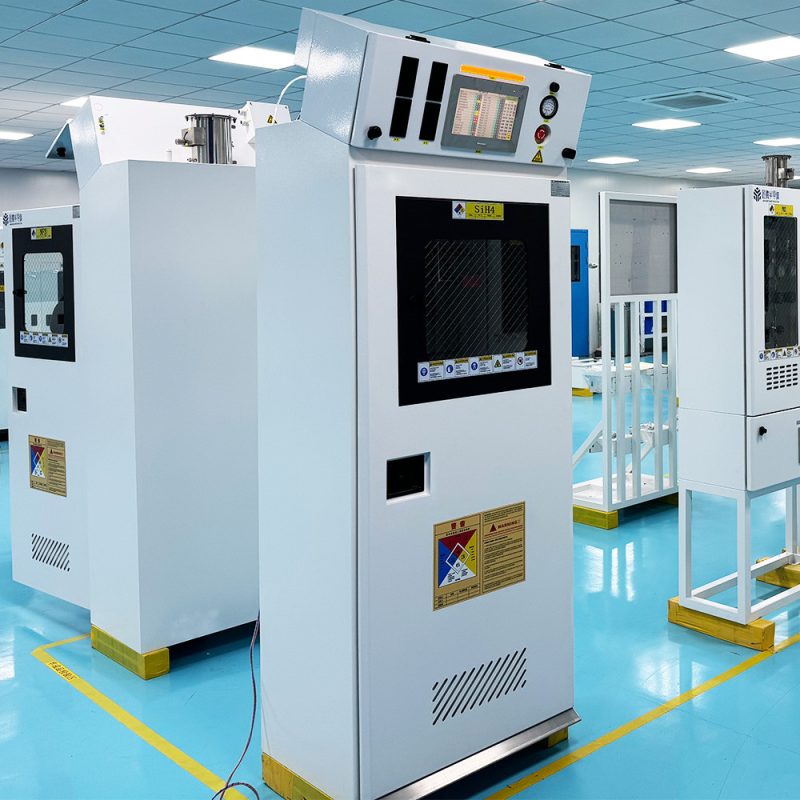
How Does Exhaust Gas Scrubber System Work?
- Pressure Regulator Valve Manufacturer
- Best scrubber tail gas treatment cabinet, Best scrubber tail gas treatment cabinet for sale, Compact Tail Gas Scrubber for Semiconductor, Dry Scrubber vs Wet Scrubber, Environmental Impact of Scrubber Washwater, exhaust gas cleaning system, Exhaust Gas Cleaning system MARPOL, exhaust gas cleaning system scrubber, Exhaust Gas Cleaning Systems, Exhaust Gas Scrubber System, exhaust scrubber, gas abatement scrubbers, gas scrubber manufacturers in china, gas scrubber manufacturers in india, Gas scrubber oil and gas, Gas scrubber system, Gas Scrubber System for Fume Hoods, gas scrubbers manufacturer, How Do Exhaust Gas Scrubbers Work, scrubber gas cabinet, scrubber tail gas treatment cabinet, SOx Scrubber systems
- No Comments
How Does Exhaust Gas Scrubber System Work?
Introduction
In an era where environmental regulations are tightening to combat air pollution and climate change, industries reliant on fossil fuels are adopting advanced technologies to reduce emissions. One such innovation is the exhaust gas scrubber system, commonly used in maritime shipping, power plants, and other heavy industries. These systems play a crucial role in removing harmful pollutants from exhaust gases before they are released into the atmosphere. This article delves into the intricacies of how exhaust gas scrubber systems work, exploring their principles, components, types, and operational aspects. By understanding these systems, we can appreciate their contribution to cleaner air and sustainable industrial practices.
Exhaust gas scrubbers, often simply called scrubbers, are essentially air pollution control devices. They are designed to neutralize or capture sulfur oxides (SOx), particulate matter (PM), and sometimes nitrogen oxides (NOx) from the exhaust streams of engines or boilers. In the shipping industry, scrubbers have gained prominence due to the International Maritime Organization’s (IMO) sulfur cap regulations, which limit sulfur content in marine fuels to 0.5% globally since 2020. Instead of switching to low-sulfur fuels, ships can install scrubbers to continue using cheaper high-sulfur fuel oil (HSFO) while complying with emission standards.
The technology behind scrubbers draws from chemical engineering principles, involving gas-liquid interactions to scrub pollutants. This process mimics natural phenomena like rain washing pollutants from the air but is engineered for efficiency in confined industrial settings. Over the next sections, we’ll break down the mechanics, from basic operation to advanced considerations, providing a comprehensive technical overview.
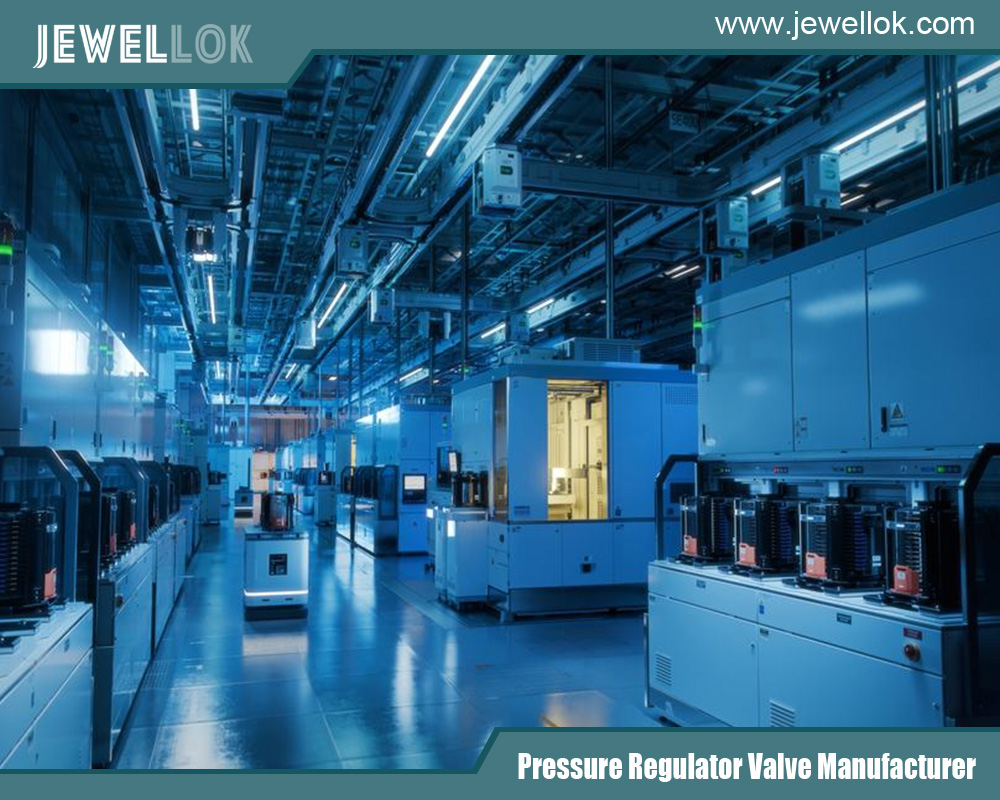
What is an Exhaust Gas Scrubber?
An exhaust gas scrubber is a device that treats exhaust gases by passing them through a scrubbing medium, typically a liquid, to remove contaminants. The primary target in most applications is sulfur dioxide (SO2), a major contributor to acid rain and respiratory issues. Scrubbers can be wet or dry, but wet scrubbers dominate in maritime and industrial uses due to their higher efficiency.
In a wet scrubber, exhaust gas is brought into contact with a scrubbing liquid, such as seawater or a chemical solution, which absorbs or reacts with the pollutants. The cleaned gas is then vented, while the contaminated liquid is treated or discharged under regulated conditions. Dry scrubbers, less common in ships, use sorbents like lime to capture pollutants without liquid.
The effectiveness of a scrubber is measured by its removal efficiency, often exceeding 95% for SOx in modern systems. Factors influencing efficiency include gas flow rate, liquid-to-gas ratio, and the chemistry of the scrubbing medium. For instance, in open-loop systems using seawater, the natural alkalinity of the water neutralizes SO2, forming harmless sulfates.
Scrubbers are not a new invention; their roots trace back to the 1930s in power plants. However, advancements in materials, automation, and monitoring have made them viable for mobile applications like ships. Today, hybrid systems combine features of different types to optimize performance across varying operational conditions.
Types of Exhaust Gas Scrubbers
Exhaust gas scrubbers are classified based on their design and scrubbing medium. The three main types are open-loop, closed-loop, and hybrid scrubbers, each suited to specific environments.
Open-loop scrubbers use seawater directly as the scrubbing medium. Exhaust gas enters the scrubber tower, where it is sprayed with seawater. The SO2 reacts with the water’s bicarbonate ions, forming bisulfite and eventually sulfate, which is discharged back into the sea after dilution and pH adjustment. These systems are cost-effective in open waters but restricted in ports or sensitive areas due to discharge regulations.
Closed-loop scrubbers recirculate a freshwater or chemical solution, typically sodium hydroxide (NaOH) or magnesium hydroxide (Mg(OH)2), within the system. The exhaust gas contacts the alkaline solution, neutralizing SO2 into sodium or magnesium sulfite/sulfate. The spent solution is processed in a treatment unit to remove sludge and regenerate the scrubbing liquid. Minimal discharge occurs, making closed-loop systems ideal for areas with strict environmental rules, though they require chemical storage and handling.
Hybrid scrubbers offer flexibility by switching between open and closed modes. In open seas, they operate in open-loop mode for efficiency, while in restricted zones, they switch to closed-loop to minimize discharge. This adaptability makes hybrids popular for vessels with diverse routes.
Additionally, scrubbers can be inline or bypass configurations. Inline scrubbers treat all exhaust, while bypass allows partial treatment during maintenance. Dry scrubbers, using powdered sorbents injected into the gas stream, are emerging for NOx control but are rarer in maritime applications due to space and weight constraints.
Working Principle
The core working principle of an exhaust gas scrubber revolves around mass transfer and chemical reactions between the gas phase (exhaust) and the liquid phase (scrubbing medium).
When exhaust gas from an engine or boiler enters the scrubber, it is directed upward through a vertical tower or vessel. Nozzles at the top spray the scrubbing liquid downward, creating a counter-current flow that maximizes contact area. This setup enhances absorption efficiency as per Henry’s Law, which states that the amount of gas dissolved in a liquid is proportional to its partial pressure.
For SO2 removal, the reaction in alkaline solutions is:
SO2 + 2NaOH → Na2SO3 + H2O
Or with seawater:
SO2 + H2O → H2SO3 (sulfurous acid), then neutralized by bicarbonate.
Particulate matter is captured through impaction, where particles collide with liquid droplets and are entrained. For NOx, selective catalytic reduction (SCR) may be integrated, but scrubbers primarily target SOx.
The gas velocity, droplet size, and residence time are critical parameters. Typical gas velocities range from 1-3 m/s to prevent flooding or excessive pressure drop. The liquid-to-gas ratio (L/G) is often 1-10 L/m³, optimized via computational fluid dynamics (CFD) modeling during design.
After scrubbing, demisters remove entrained droplets from the clean gas to prevent corrosion in the stack. The wash water is monitored for pH, turbidity, and polycyclic aromatic hydrocarbons (PAHs) to ensure compliance.
In closed-loop systems, a bleed-off stream removes accumulated salts, processed in a sludge tank where solids settle. The clarified water is recirculated, maintaining system efficiency.
Key Components of the System
A typical exhaust gas scrubber system comprises several interconnected components, each engineered for durability in harsh conditions.
- Scrubber Tower/Vessel: The main reaction chamber, often made of corrosion-resistant alloys like duplex stainless steel or fiberglass-reinforced plastic (FRP). It houses packing materials or trays to increase surface area for gas-liquid contact.
- Spray Nozzles and Pumps: High-pressure pumps deliver the scrubbing liquid through nozzles that atomize it into fine droplets (50-200 μm). Nozzle design prevents clogging from particulates.
- Exhaust Gas Inlet and Fan: A blower or induced draft fan draws exhaust into the scrubber, overcoming pressure losses (typically 10-20 mbar).
- Demister/Mist Eliminator: Wire mesh or vane packs capture liquid droplets, achieving >99% removal efficiency.
- Wash Water Treatment Unit: In closed-loop systems, this includes buffers, coolers, and separators. Centrifuges or filters remove sludge, which is stored for shore disposal.
- Monitoring and Control System: Sensors measure SO2/CO2 ratios, pH, flow rates, and temperatures. PLC-based automation adjusts parameters in real-time, with data logging for compliance reporting.
- Chemical Dosing System: For closed-loop, tanks store NaOH, with metering pumps for precise addition.
- Discharge System: Pipes and valves control effluent release, with dilution to meet IMO guidelines (e.g., pH >6.5 at 4m from discharge point).
Integration with the engine’s exhaust manifold requires careful engineering to minimize backpressure, which could reduce engine efficiency by 1-2%.
Installation and Operation
Installing a scrubber on a vessel involves retrofitting or new-build integration. Retrofitting requires dry-docking, where the exhaust line is modified to route gases to the scrubber, often placed in the funnel or engine room. Space constraints demand compact designs, with weights up to 100 tons for large ships.
Operation begins with system startup: pumps prime, chemicals dose, and exhaust diverts to the scrubber. During running, continuous monitoring ensures SOx reduction to <0.1% equivalent sulfur. Switchover between modes in hybrids is automated based on GPS location.
Fuel switching isn’t needed, but scrubbers work best with HSFO. Operational costs include energy (1-2% of engine power for pumps/fans), chemicals (for closed-loop), and maintenance.
In power plants, scrubbers are stationary, allowing larger designs with higher efficiencies, often integrated with flue gas desulfurization (FGD) systems.
Advantages and Disadvantages
Scrubbers offer economic benefits by allowing HSFO use, saving 20-30% on fuel costs compared to low-sulfur alternatives. Environmentally, they reduce SOx emissions significantly, improving air quality near ports.
However, challenges include high upfront costs ($2-10 million per ship), added weight affecting fuel consumption, and potential ocean acidification from open-loop discharges. Closed-loop systems generate sludge, requiring proper disposal.
Maintenance is intensive; corrosion from acidic gases demands regular inspections. Operational complexity can lead to downtime if not managed well.
Regulations and Compliance
IMO’s MARPOL Annex VI governs scrubber use, requiring equivalent emission control. The 2020 sulfur cap spurred adoption, with over 4,000 ships equipped by 2023. Regional rules, like EU’s Sulfur Directive, ban open-loop in certain waters.
Compliance involves continuous emission monitoring systems (CEMS) verifying SO2/CO2 ratios. Wash water discharge criteria include pH, turbidity (<25 FNU), and PAH limits.
Certifications from class societies like DNV or ABS ensure system integrity.
Maintenance and Troubleshooting
Routine maintenance includes cleaning nozzles, inspecting demisters, and testing sensors. Common issues: clogging from soot, addressed by backflushing; pH imbalances, fixed by dosing adjustments; leaks from corrosion, prevented by material upgrades.
Troubleshooting uses diagnostic tools like vibration analysis for pumps or gas analyzers for efficiency checks. Annual surveys are mandatory.
Future Trends
Advancements include AI-optimized controls for energy savings, integration with carbon capture for CO2 reduction, and dry sorbent innovations for multi-pollutant control. As regulations evolve toward zero emissions, scrubbers may bridge to alternative fuels like LNG or hydrogen.
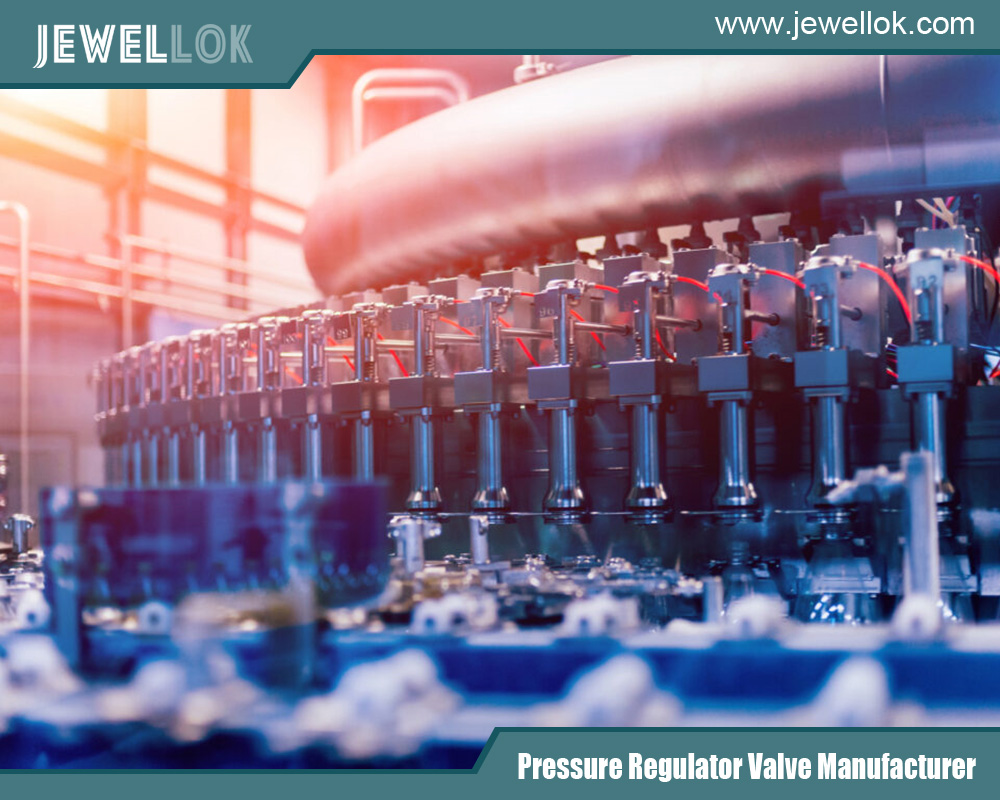
Conclusion
Exhaust gas scrubber systems represent a vital technology in the fight against industrial emissions. By leveraging chemical and physical principles, they enable compliance without sacrificing operational flexibility. As industries transition to greener practices, understanding how these systems work underscores their role in a sustainable future.
For more about how does exhaust gas scrubber system work, you can pay a visit to Jewellok at https://www.jewellok.com/product-category/gas-cabinet/ for more info.
Recent Posts
How Does the Two-Stage Nitrogen Regulator Work?
How Does a Single-Stage Oxygen Regulator Work?
What is Exhaust Gas Cleaning System?
How Does A Low-Pressure Back Pressure Regulator Work?
How Does An Oxygen Gas Changeover Manifold Work?
How Does An Argon Gas Changeover Manifold Work?
How Does A Helium Gas Changeover Manifold Work?
How Does A Carbon Dioxide Gas Changeover Manifold Work?
How Does A Nitrogen Gas Changeover Manifold Work?
Tags
Recommended Products
-
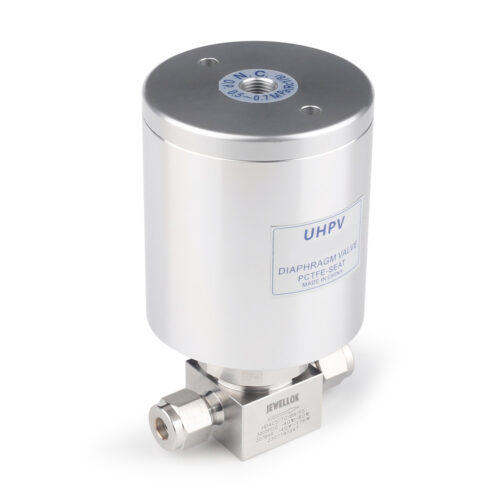
High Pressure High Temperature Pneumatic Ultrahigh Purity Stainless Steel Diaphragm Valves
-
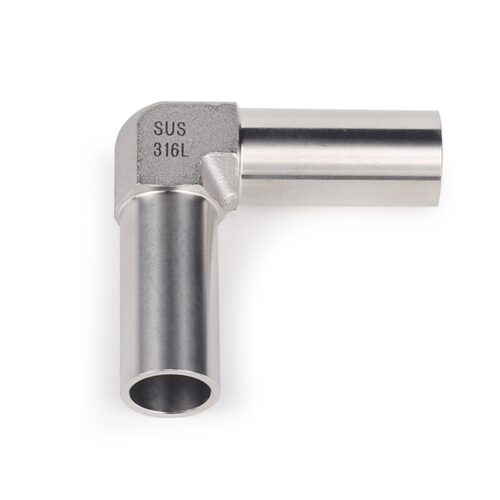
High Purity Stainless Steel Mini Tube Butt Weld Fittings For Semiconductor
-
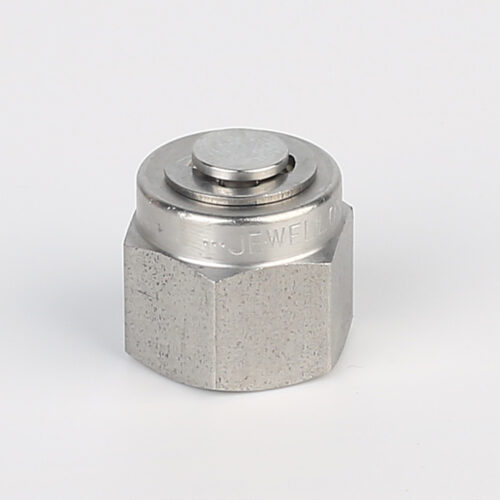
7121L Plug High Purity Plug Fitting And Blanking Plug
-
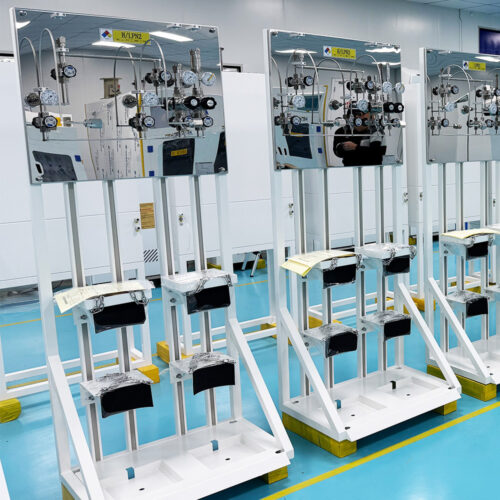
Manual Gas Rack High Purity Gas Delivery Systems JW-100-GR
-
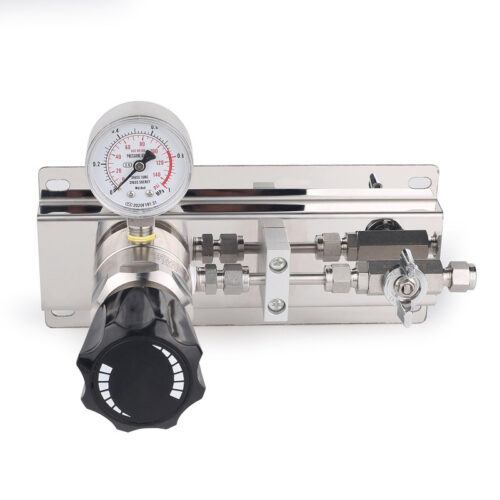
High Purity Gas Cylinder Semi Automatic Changeover Manifold Regulator Panel 3000psig Stainless Steel Gas Control Panel 1/8 Npt With Gauge
-
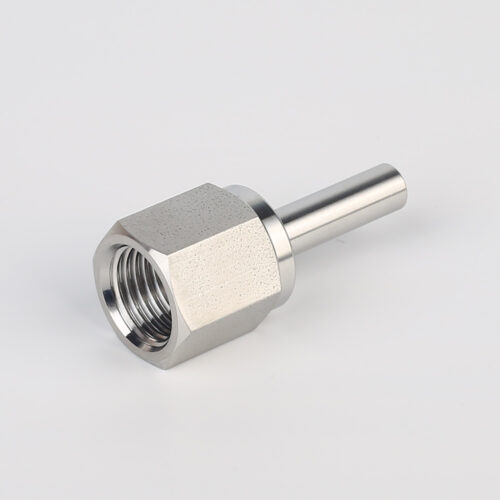
739LF High Purity Female Adapter Tube To Pipe Fittings And Connectors
-
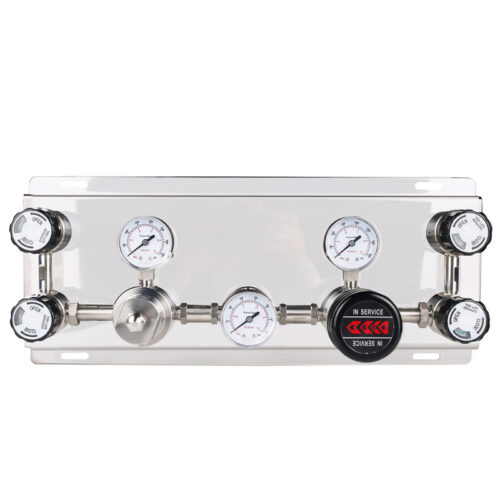
Semi Automatic And Automatic Switching Speicialty Gas Changeover Manifold Panel With Semiconductor Valve Manifold Box Gas Pressure Regulators
-
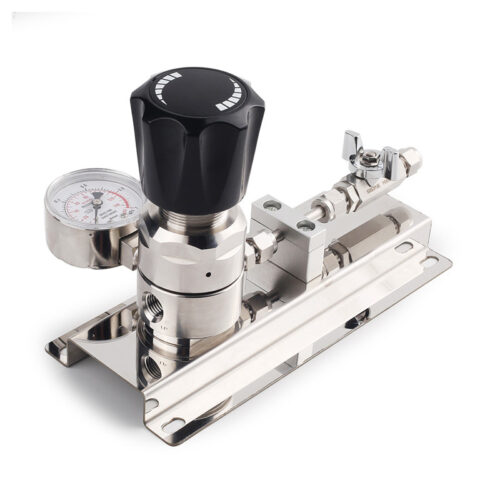
Ultra High Purity Stainless Steel Compressed Gas Changeover Manifold Panel System For Integrated Gas Supply System